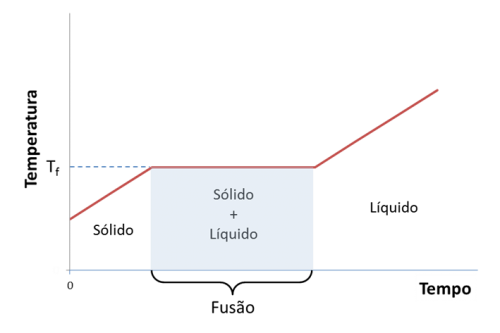Histology is the branch of science that studies biological tissues, whether from animals or plants. This branch looks at the formation, structure and function of living tissue.
Tissues are formed from the junction of several cells. So, the analysis made for this study is on a microscopic scale, requiring the use of equipment that allows the observation of cells. In fact, histology was only able to develop after the invention of the optical microscope.
As a discipline, histology is part of the Biological and Health Sciences. In biology, however, it is usually subdivided according to the focus given to the object of study. For example, the Animal Histology, studies the tissues of animals; The plant histology, studies the tissues of vegetables; and the Human Histology, is intended for the study of the tissues of the human body.
Etymologically, the word histology originated from the junction of the Greek terms hystos, which means "fabric", and logos, which means "study".
human histology
In the human organism, according to the division made by histology, tissues are organized into four basic groups: epithelial tissue, connective tissue, muscle tissue and nervous tissue.
Each of these fabrics has particular organization and functions:
- Epithelial tissue: cells very close together, serving primarily to coat and protect the body's internal and external surfaces. Protects the body against the penetration of microorganisms and other physical aggressions.
- Connective tissue: cells with spaces between them, serving to ensure the support and connection between the other tissues and organs of the body. Serves to join and separate the organs.
- Muscle tissue: cells look elongated. Serves so that the body can move and move. Smooth, striated and skeletal tissue are some examples.
- Nerve tissue: formed by neurons and neuroglia (protective and support cells). Responsible for managing all vital functions of the body.
plant histology
On the other hand, plant tissues are divided into two main groups: meristematic tissues and adult fabrics.
Meristemes are characterized by having a great capacity for cell division (mitosis) and being formed by undifferentiated cells.
From the development of meristematic tissues, adult tissues (the permanent tissues of the plant) are formed, which present specific functions and are divided into: lining tissue, filling tissue (parenchyma), support tissue and tissue of driving.

